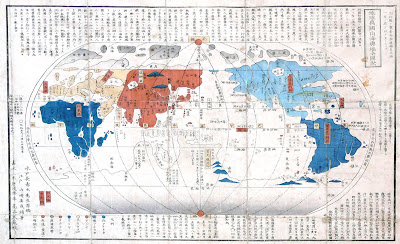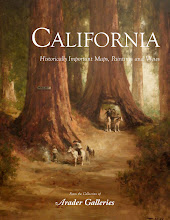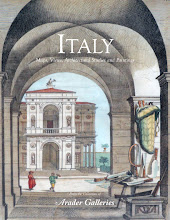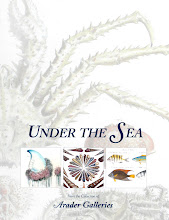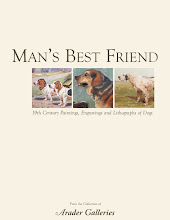In 1811, King George the III of England was deemed unfit to
rule and was replaced by his son who became the Prince Regent. Upon George III’s
death in 1820, the Prince Regent was coronated as King George IV. The period
directly preceding and following the Prince regent's rule has been dubbed the Regency Period. The Regency Period marked the peak
of neoclassical design in home décor. Antique furniture from Greece,
Rome, and Egypt were used as inspiration and very closely imitated.
Ornate carvings, intricate gilding, and flora and fauna design elements
were very popular. Anything reminiscent of the idealized Classical
period was coveted.
This particular sofa features sleek and slender qualities while clearly displaying a taste for Neoclassical design. The feet splay outwards elegantly and the legs feature spiral fluting, picked out in water-gilding on an ebonized ground. The flowerhead design on the seat apron is also executed through gilding, a prominent motif of the Regency period.
The United States was undergoing its own fascination with the great ancient empires during this time as well. Early 19th century American furniture design was heavily influenced by the resurgence of opulent tastes in Europe. This mahogany couch exhibits characteristic splayed legs and lion paw feet.The mahogany is detailed with intricate fern carvings and cornucopiae design heavily influenced by Grecian models. This couch was recently reupholstered with a fabric that would have been very common in American homes.
Reliving the luxurious lifestyles of long-gone ancient civilizations led to changes in lifestyle, aesthetic preferences, and home decor in societies superseding country, culture, and continent.Here at Arader Galleries, these two couches are exemplary of the taste level in both England and the US throughout the Regency Period. Along with these two pieces, Arader is home to many extraordinary pieces of antique furniture. To learn more about the home decor pieces we have, please contact Arader Galleries.





.jpg)

